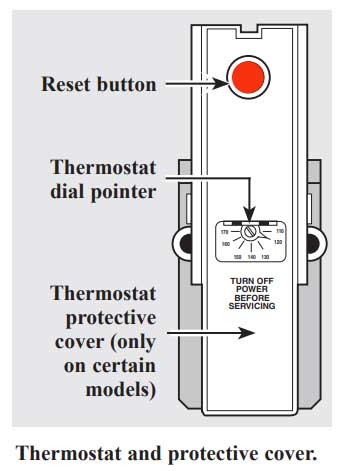Rshackleford
Member
- Messages
- 283
- Reaction score
- 0
- Points
- 16
- Location
- Eastern Montana (The Bakken)
- Website
- www.agriindustries.com
My hot water heater has a mind of its own.
It used to only happen when we went on vacation but now it's about every three weeks.
The water will get really hot and the over temp safety will trip. I will have to wait for it to cool and then reset. This will go on for five or six days and then stop. It will then work normally for several weeks.
It is a dual element electric.
How do I fix?

It used to only happen when we went on vacation but now it's about every three weeks.
The water will get really hot and the over temp safety will trip. I will have to wait for it to cool and then reset. This will go on for five or six days and then stop. It will then work normally for several weeks.
It is a dual element electric.
How do I fix?

Last edited by a moderator:



